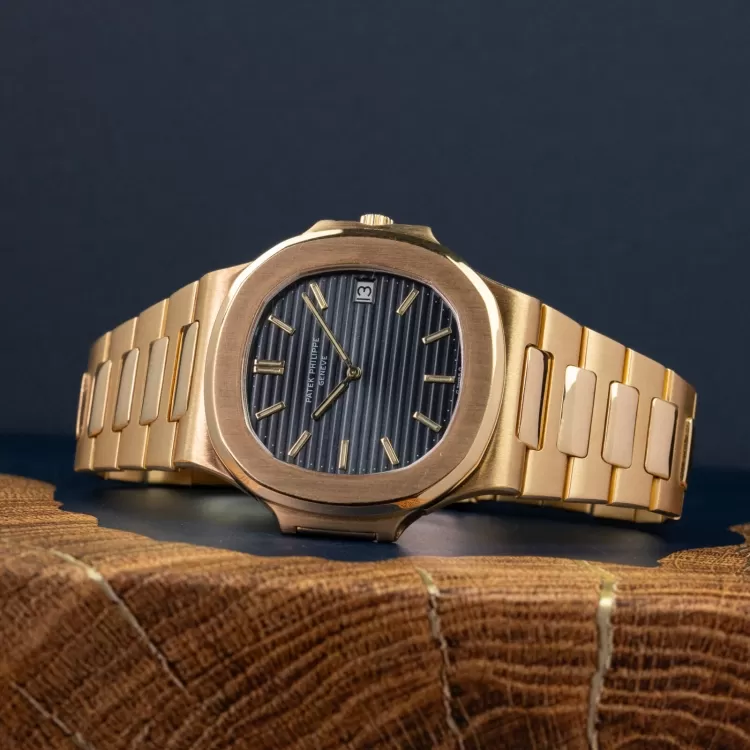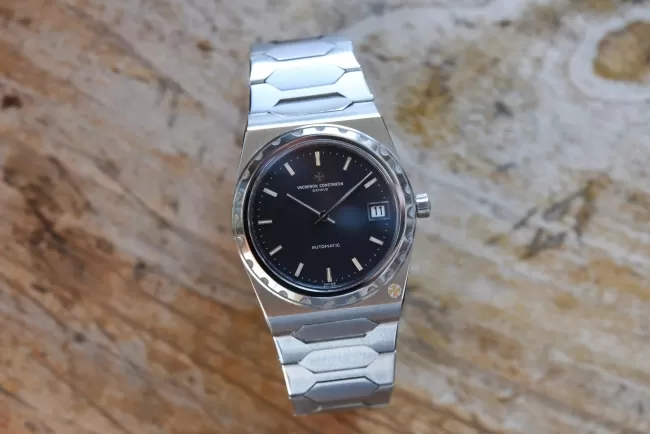Audemars Piguet Royal Oak vs. Patek Philippe Nautilus: A Comparison of Luxury Sports Icons
An in-depth comparison of two luxury sports watch legends: Audemars Piguet Royal Oak and Patek Philippe Nautilus. Discover design, movement, value, and style differences.

In the world of luxury timepieces, two names constantly stand out: the Audemars Piguet Royal Oak and the Patek Philippe Nautilus. These watches are more than just instruments to tell time—they symbolize heritage, prestige, and design brilliance. While both offer exceptional craftsmanship and strong brand identities, they differ in many aspects, from aesthetics to value retention. Here’s a detailed comparison for discerning enthusiasts.
Design Heritage: Two Icons by the Same Master
Both watches were conceived by the legendary Swiss watch designer Gérald Genta. The Royal Oak made its debut in 1972, revolutionizing the luxury watch industry with its daring use of stainless steel and industrial-inspired look. The octagonal bezel, exposed screws, and integrated bracelet marked a new era of luxury sports watches.
Four years later, in 1976, Genta introduced the Patek Philippe Nautilus. Inspired by a ship’s porthole, its rounded octagonal case and horizontally embossed dial provided a softer, more elegant alternative to the Royal Oak. While the Royal Oak exudes bold modernism, the Nautilus is all about refined understatement.
Materials and Finishing
Both timepieces showcase exceptional Swiss finishing. The Royal Oak is famous for its blend of brushed and polished surfaces, particularly on the bezel and bracelet links. Audemars Piguet's hand-finishing techniques give the watch a uniquely tactile appeal.
In contrast, the Nautilus may appear more restrained in its finish, but it embodies Patek Philippe's minimalist elegance. From stainless steel to precious metals, each Nautilus reference is meticulously crafted and maintains a balance between utility and luxury.
Movement and Mechanical Excellence
Both brands produce in-house movements. Early Royal Oak models featured the ultra-thin Calibre 2121, which has since been succeeded by more modern calibers like the Calibre 4302, known for increased power reserve and robustness.
The Nautilus features Patek Philippe’s proprietary calibers such as the Caliber 26-330 S C, delivering both precision and durability. The attention to detail in the finishing of Patek’s movements is world-renowned and often visible through a sapphire case back.
Value and Collectability
Both models are highly sought-after in the secondary market. The Royal Oak “Jumbo”, especially reference 15202, is considered a collector’s grail. Its historical significance and limited production make it a valuable asset.
On the other hand, the Nautilus 5711 has achieved cult status, especially after Patek Philippe ceased production. This scarcity, combined with increasing demand, has sent resale values skyrocketing. Patek’s tight distribution policies further enhance the exclusivity of the Nautilus line.
Style and Daily Wearability
The Royal Oak leans into a bolder, more architectural aesthetic, making it an ideal choice for those who prefer a watch that makes a statement. Its angular design and sharp lines lend themselves to a modern wardrobe.
The Nautilus offers a smoother and more versatile silhouette. It easily transitions from formal attire to casual settings, offering subtle elegance without being flashy. Its profile is generally slimmer, making it a better fit under cuffs and shirts.
Who Are These Watches For?
Ultimately, the Royal Oak appeals to enthusiasts who admire innovation, audacity, and a bit of rebellious flair in their wristwear. The Nautilus, on the other hand, speaks to those who value tradition, exclusivity, and discreet luxury. Choosing between the two is less about superiority and more about personal identity and lifestyle.
What's Your Reaction?




















